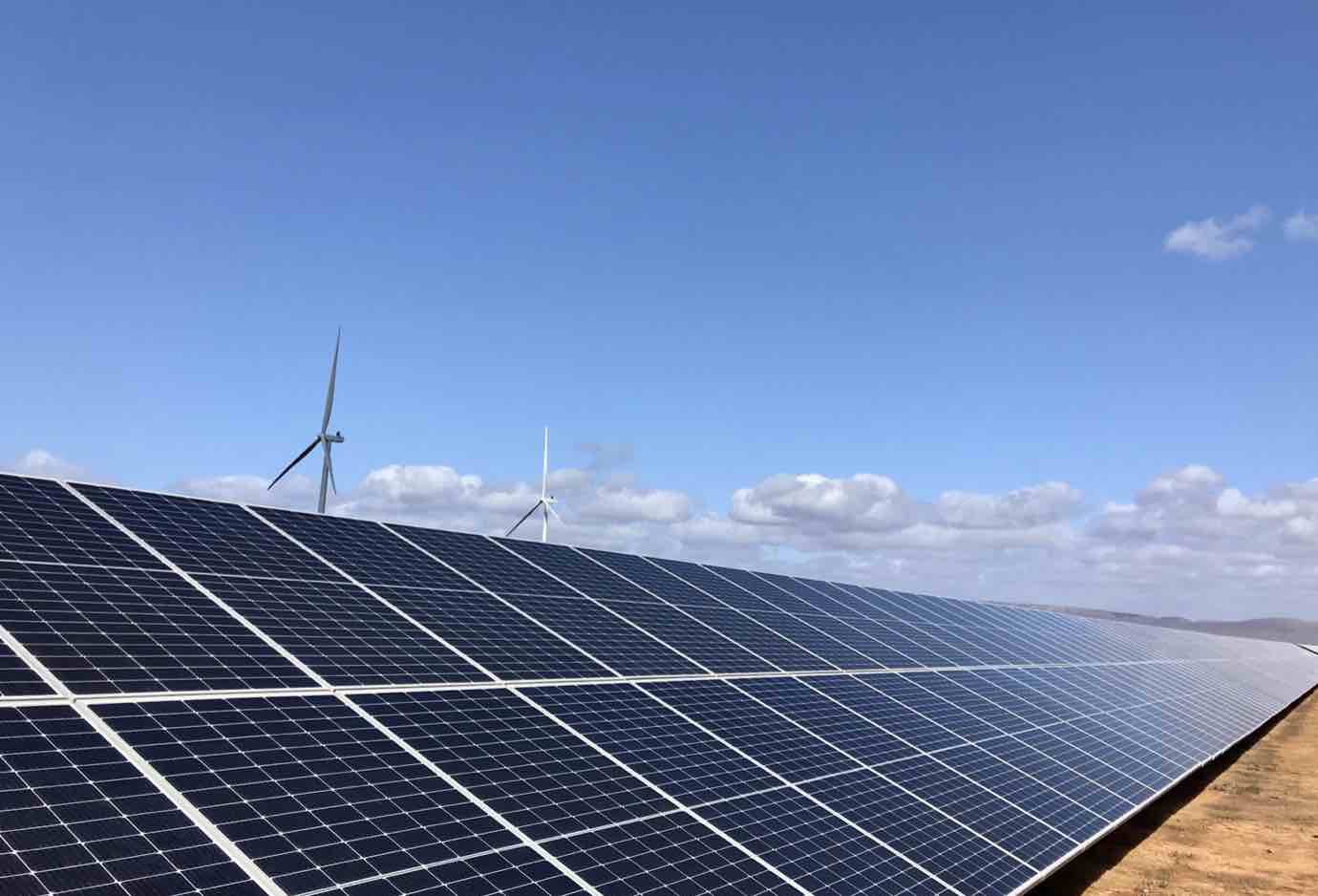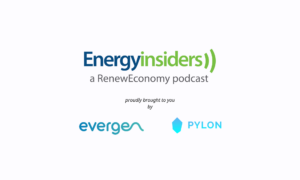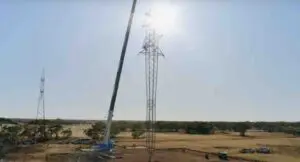
Australia’s official renewable energy target is to reach 82 per cent by 2030, a target that will require – given the variability of wind and solar – extended periods when the grid is running on 100 per cent renewables, or as near as dammit.
There are similar targets in Europe, particularly Denmark and Germany, and all eyes are now focused on South Australia, the state which now reaches 100 per cent renewable share nearly every day, and which has a government target of reaching an annual average of 100 per cent “net” renewables by the end of 2027.
The scale of managing that transition has again been underlined by the operators of the networks in the state, South Australia Power Networks, that owns the local poles and wires, and the transmission company ElectraNet, which provides the backbone to the state’s grid.
Renew Economy editor Sophie Vorrath has reported on the presentation of SAPN chief executive Andrew Bills at the Australian Energy Week, and how it is dealing with the highest penetration of rooftop solar in a major grid in the world. See: Rooftop solar is a “burning platform,” warns network boss: “Don’t wait for the fire”
A day later, ElectraNet CEO Simon Emms also gave a fascinating presentation conference in Melbourne, where he outlined the significance of the work in South Australia, and how it leads the world.
“I’m going to be talking about South Australia being first to 100% renewables,” Emms said. “So if there is anyone from Tasmania in the room, I apologise. I acknowledge you’re 100% renewables (but) I’m talking about 100% VRE, or variable renewable generation.

“The International Energy Agency has identified two jurisdictions at Phase Five out of six in the transition to 100% renewables. That’s South Australia and Denmark. Here, we expect to be 100% net renewable by 2027.”
South Australia was the first Australian state to exit coal, closing its last generator in 2016. And Emms noted that its 600 megawatts (MW) of capacity has been largely replaced by 2,500 MW of rooftop solar. “So our largest load (households) is now our largest generator,” he said.
“Almost every day now, South Australia reaches 100% renewable (share) at some stage of the day. So I’m going to call that phase one of the transition.” The next phase, however, could be trickier.
This is managing the increased load forecasts, making sure the infrastructure is in place to support new projects and new capacity, and ensuring that the grid is secure.
“We learnt the hard way that you need inertia in the system, and we installed four synchronous condensers. But we’ve since found after that, as we continue to manage our system strength, the cheapest way to do it is actually contracting with some of these batteries,” Emms says.

In the future, however, Emms says that some of the system needs might come from the estimated 2,000 MW of peaking gas generators that will be needed. They will be used rarely, but on some occasions they will not need to burn fuel, as they can operate with a clutch and simply provide spinning machines for the grid.
His other concern is that the market operator is undershooting the state’s demand forecasts. South Australia had just one inquiry for new load from a major business in the last decade, but now has more than 50 inquiries, potentially leading to a massive increase in demand which will need to be met.
To do that, it needs approval to build new transmission lines.
“No one expected South Australia’s penetration of renewables to get where it did as quickly as it did,” Emms says.
“We’re now seeing, that AEMO’s forecasts are not keeping up with the customer demand we are seeing in South Australia. The big risk we are seeing is under investment, not over investment.”
Emms says the attraction of new demand is the desire for industry to source cheap, clean power and the fact that the state features some of the best wind and solar resources in the world, and a massive potential to develop a green steel industry.

“I’ve spoken to two international developers who have searched the world for the best coincident wind and solar, and they say, it’s the Upper Spencer Gulf.
“So in South Australia, we do have this amazing wind and solar resource. And South Australia has about half of Australia’s magnetite (ore), magnetite being the preferred feedstock for green steel.”
Emms, however, did introduce one controversial note into the discussion, suggesting that in 20 or 25 years time, small modular reactors – if they are competitively priced – could provide an option for repowering the wind and solar farms that will be reaching the end of their life by then.
That’s a big assumption, given that there are no operating commercial small modular reactors operating in the grid, and no guarantee – if they are built – that they could match wind, solar and storage on costs.
“You know, small modular reactors could be a natural solution in 20, 25 years time, if they’re competitive as a repowering option for some of these wind farms or solar farms,” Emms said.
“So I think it’s crazy that we don’t have that as an option. I know that might not be politically well received, but if if small modular reactors do … deliver on their hope, then they may be a repowering solution in 20 years time. And if they do, why would we not make ourselves available to us in terms of the first one?
“But the challenge for South Australia to exploit its renewable resources is getting more load in the state, because as soon as we get more load in the state, we’ll get on that virtuous cycle, and there’ll be more generation in the state, and hopefully that will drive the prices down.”








